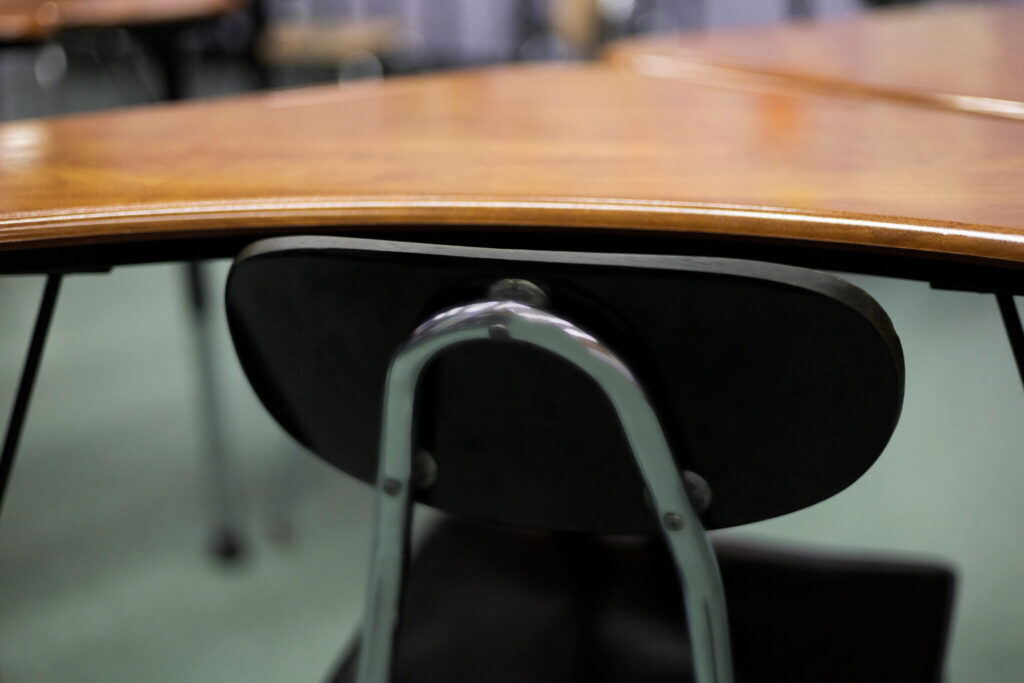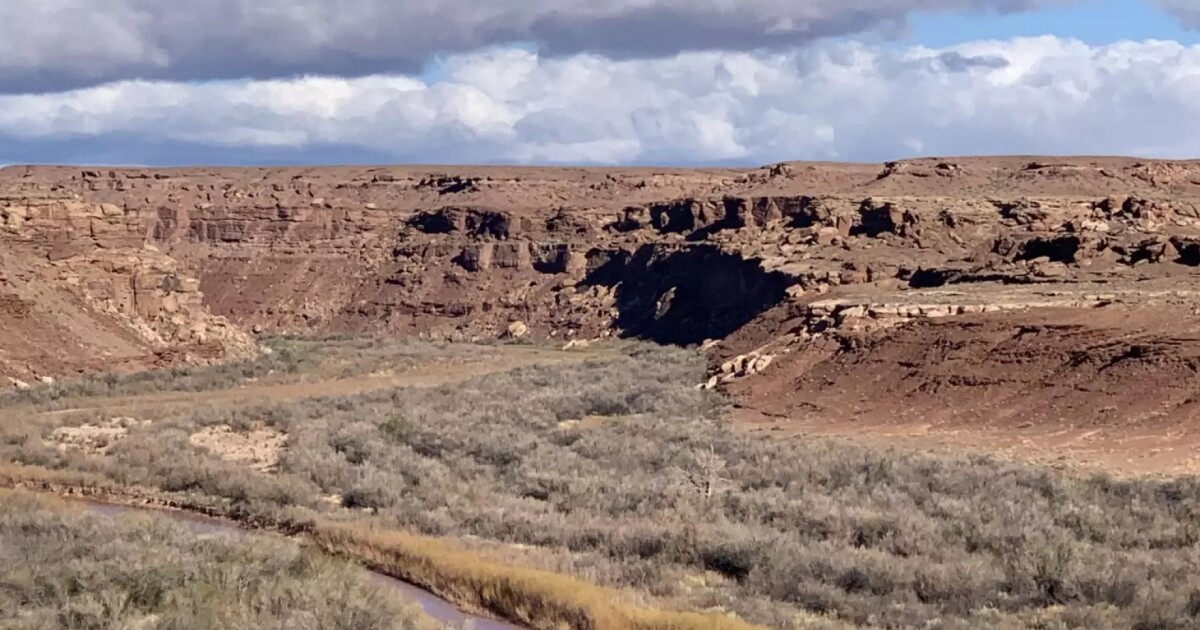Tribal colleges in Montana will see an increase in federal funding for the 2025 fiscal year. This development follows initial confusion and uncertainty regarding the funding allocation. Stone Child College President Cory Sangrey-Billy expressed relief over the news. Montana houses seven of the nation’s 35 tribal colleges, the highest number in any state.
Collectively, these colleges are projected to receive $108 million, effectively doubling last year’s funds, according to Sangrey-Billy. “It’s quite a significant jump,” she noted. This increase is prompting budget planning at institutions like Stone Child in Box Elder. Tribal education leaders in Montana are highlighting a study that showcases the economic benefits of federal investments.
The American Indian Higher Education Consortium reported that Montana’s tribal colleges contributed $332.2 million to the economy in the 2022-2023 fiscal year. “There is a value to what we bring to the table,” Sangrey-Billy stated. The Consortium, based in Alexandria, Virginia, advocates for tribal-led colleges and universities. It praised the Trump administration for increasing investments in these institutions.
The Consortium noted that some of the funding increase comes from cuts to other federal programs for Native American students at non-tribal colleges. It advocates for federal support for all Native students pursuing post-secondary education. While Stone Child College awaits the funds, it plans potential allocations for infrastructure and student support, such as tutoring and mentoring.
The economic impact report, titled “Building Local Economies of Scale,” evaluates the fiscal contributions of Montana’s tribal colleges. One finding highlighted was a $47.1 million payroll, largely spent on local expenses. Sangrey-Billy mentioned limited shopping options near the college on the Rocky Boy’s Indian Reservation. “The economic impact that we have there is big,” she said.
The report also noted that tribal colleges generate more in national tax revenue than they receive. For every dollar invested, taxpayers see $1.40 in returns, and state taxpayers receive $12.40. Social benefits, including added student and business income, are estimated at $500.8 million. Blackfeet Community College President Brad Hall described tribal colleges as “a good investment” but noted the need for advocacy amid changing federal priorities.
Hall emphasized educating new administrations about the value of tribal colleges. He recently engaged with federal education leaders in Washington, D.C., and found them receptive. “Now that we’re getting to the table and talking more, there’s a willingness to hear what we absolutely need,” Hall said.
He clarified that tribal colleges are not DEI programs, despite recent policy rollbacks by the Trump administration. These institutions are tribally chartered and require federal support. “The advocacy just takes time,” Hall stated, acknowledging the challenges in securing consistent funding. The American Indian Higher Education Consortium’s study, conducted with Lightcast, showed tribal college alumni generated $258.6 million in added income for Montana in the last fiscal year.
“We’re not institutions that just take,” Hall said. “We’re institutions that are absolutely vital and contributing to the communities that we serve.”
Montana TCU report
—
Read More Montana News










